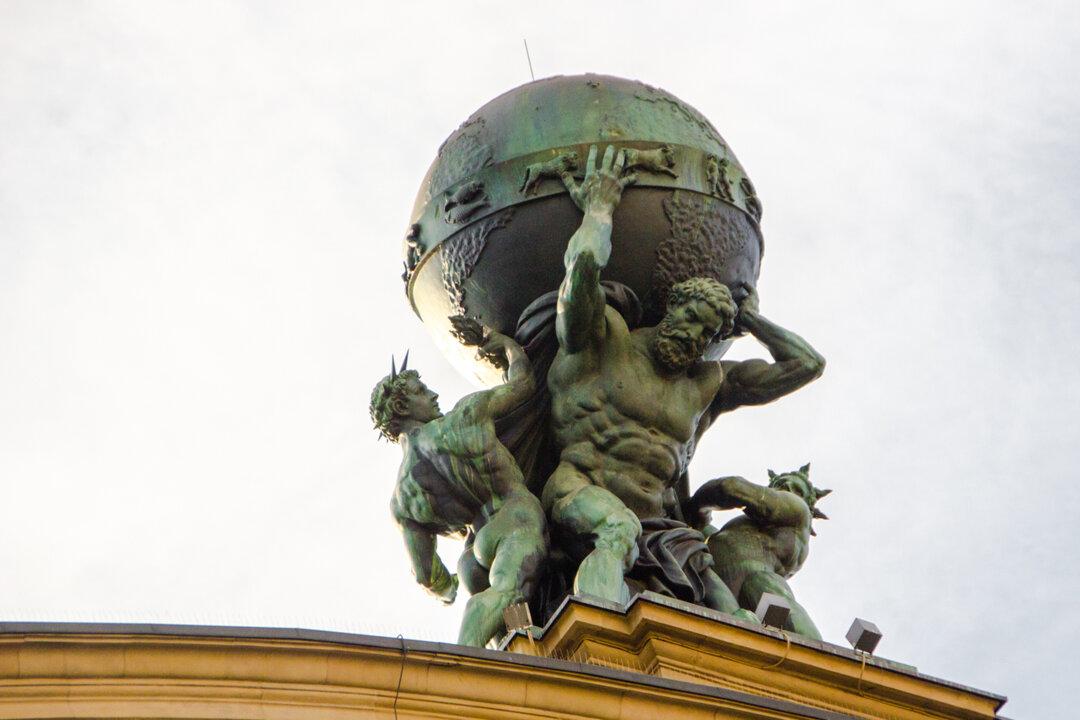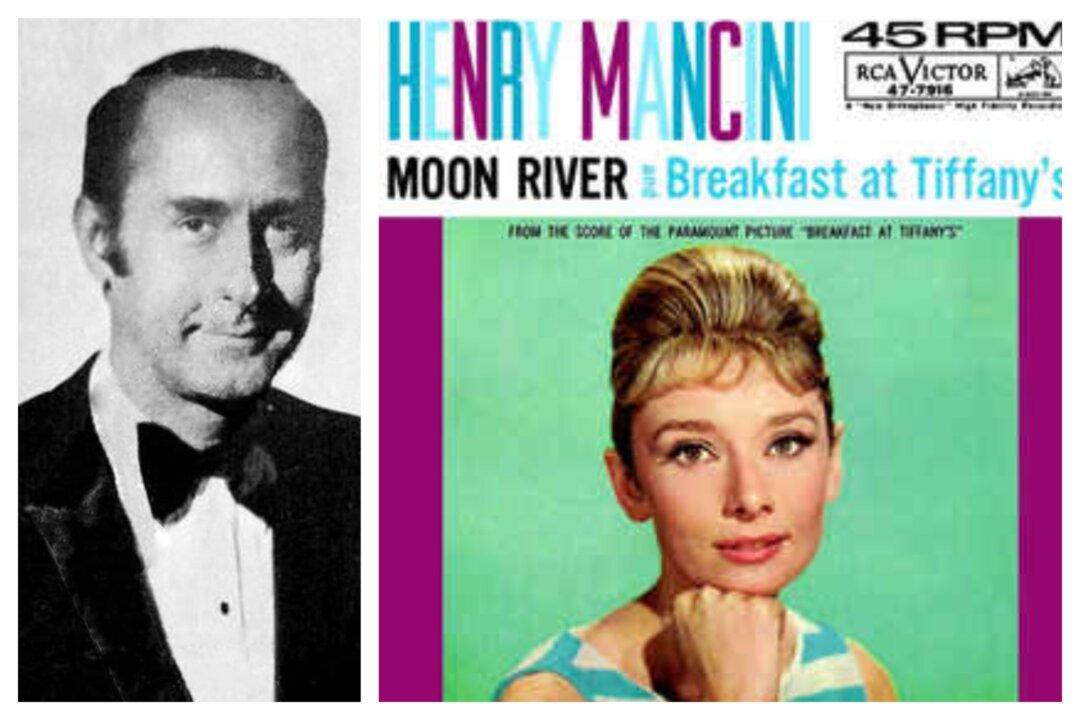Charles Atlas (1892–1972) was born Angelo Siciliano. Within a decade, he transformed himself from a skinny unknown into a celebrity bodybuilder while never succumbing to the temptations that often attend fame.
Charles Atlas was the first to bring bodybuilding to the American masses—and to get rich doing it. Dubbed “The World’s Most Perfectly Developed Man” in 1922, this chiseled titan looms large a century later, thanks to a fitness system he created with his bare hands and a marketing campaign that brought him to the attention of the world.
Advertisements featuring his rippling torso and leopard-skin trunks were staples in comic books and pulp magazines during his heyday, and his drive and passion paved the way for the multibillion-dollar fitness industry. He sprang from the back pages of publications, promising every bullied, insecure young man the means to take control of his life.
At the apex of his celebrity, he delighted in a range of publicity stunts, from pulling locomotives and hoisting bathing suit-clad beauties to playing tug of war with the Rockettes atop Radio City Music Hall. He horsed around with luminaries and entertainers and took off his tuxedo jacket and ruffled shirt for admirers at formal dinner parties.
Constantly on the campaign trail, he visited schools, civic groups and military installations, preaching physical fitness, strong moral character, and clean living. Compulsive about his daily regime, he counseled others to eat low-fat foods, switch from alcohol to orange juice or milk, stay out of nightclubs because of germs, and avoid idle gossip.
Zero to Hero

Whether or not he was physically “perfect,” there’s no question Atlas was the perfect symbol of the American Dream. He literally went from puny to Zeus, from the humblest beginnings to worldwide celebrity.
The origin story of this real-life superhero began across the Atlantic. Charles Atlas was born Angelo Siciliano in Acri, Calabria, Italy on Oct. 30, 1892. His father was a farmer, but by the time Siciliano turned 12, the family had moved to New York. After arriving at Ellis Island by 1904, he spoke not a syllable of English.
As a teenager, he was impressed by the statues of the Greek and Roman gods at the Brooklyn Museum. Their physiques and that of Atlas, the Greek titan who bore the Earth on his shoulders, captured his imagination.
“I was walking with boyhood friends back before World War I,” he later recounted. “We stopped at the old Atlas Hotel in New York and noticed a statue of Atlas holding the globe atop the building.”
One pal told young Siciliano, “You look like that statue, Angelo.”
Finding His Stride
When his father, Santo, abandoned his family to return to Italy, Siciliano and his mother, Teresa, had to fend for themselves. Teresa took a job as a seamstress in a sweatshop and Siciliano labored in a leather factory for several years, earning extra money singing in nightclubs.Siciliano’s commitment to his arduous workout regimen ultimately paid off. By the age of 19, he was able to earn a living demonstrating how to use a chest-developing machine in a storefront on Broadway. When an artist spotted the 23-year-old muscleman on the beach in 1916, he asked him to pose. Siciliano never looked back.
He worked as a vaudeville performer showcasing his build and as a high-priced model for sculptors. He was pocketing $100 a week as the most popular model in New York, posing for more than 40 sculptures, including the body mold for the George Washington statue in Washington Square Park.


In 1921, he won a photo competition held by the magazine Physical Culture and the following year he won a live contest at Madison Square Garden, besting a field of 750 contestants. As his prize, he was offered a choice between a screen test for the film “Tarzan” or $1,000 in cash. But he had no interest in Hollywood; he wanted to go into business for himself.
Watching the sinewy silhouettes of the powerful lions at the Prospect Park Zoo, Siciliano noticed their stretches were actually muscle toning exercises. That is when a light bulb went off in his head and he abandoned the use of any apparatus or weights in favor of using his own body weight against itself. He created an exercise program—now known as progressive resistance—that didn’t require barbells, weights, or a single piece of equipment.
Reborn as Charles Atlas, he sold the course through the mail for $5. The gist of the program was simple: Pitting the muscles against each other and inanimate objects makes the body stronger.
Marketing Magic
Soon thereafter, Atlas recruited an entrepreneur named Charles Roman to help him better sell his course. Roman decided that the best way to market the product was to sell Atlas himself, rebranding the program accordingly.“People used to laugh at my skinny, 97 lb. body. I was so embarrassed at my weakling build that I was ashamed to strip for sports or for a swim. Girls snickered and made fun of me behind my back,” he confessed in one of those ads. “THEN I discovered my marvelous new muscle building system … and it turned me into a complete specimen of MANHOOD that today I hold the title, ‘THE WORLD’S MOST PERFECTLY DEVELOPED MAN’.”
Both ads feature images of Atlas’ flawless physique as proof of the program’s effectiveness. Photographs of the statuesque Atlas didn’t need to be retouched. In his prime, he stood 5 feet 10 inches, weighed 180 pounds and had a chest that measured 47 inches, a waist that measured 32 inches, biceps that measured 17 inches, and calves that measured 16 1/4 inches. All those measurements were taken when his muscles were unflexed.
Feats of Strength

To generate hype and stimulate sales, Atlas performed feats of strength throughout his life. In 1938, he pulled a 145,000-pound railroad car 112 feet along the tracks in a Brooklyn freight yard using a single rope. After snapping a metal bar before an audience of 3,000 convicts, his cohort Roman telephoned tabloid newspapers with the suggested photo caption, “Man Breaks Bar at Sing Sing Prison—Thousands Cheer, None Escape.”
By 1942, an estimated 400,000-plus copies of Atlas’ program of self-development had been sold, with even greater success to come. The 1940s and 1950s were highly profitable decades. At one point, Atlas employed 24 women to open, sort and reply to his mail. But eventually competitors emerged to challenge his dominance of the bodybuilding market.
Unfazed by the rise of fitness gurus like Jack LaLanne, Atlas stayed in impeccable shape, maintained his squeaky-clean image, and found peace and joy in family life, exercising regularly with his wife and two children. Nobody ever kicked sand in Atlas’ face, even as he muscled his way through his final years.
“Check these biceps,” the bodybuilding king said in an interview conducted on the eve of his 78th birthday. “No man ever had arms like that at 77. Maybe no one ever will again.” One writer noted that, though he was in his late 70s, “he looked 55,” and another pointed out that he possessed a vigor that “would do justice to a pro football tackle.”
True to Himself
Over the decades, millions upon millions of Atlas’ programs have been sold around the globe and in many languages. And while he was drawn to the limelight until the end, he maintained his reputation for modest living, humility, cheerfulness and gratitude.He died in 1972 after checking out of a hospital where he was being treated for a heart attack. He went for a swim and a jog at the beach, where his heart gave out on him completely.
Before his death, he reflected on his remarkable success and winning personality, and a nom de plume that became synonymous with strength, determination and the courage to fight back.
“There were competitors in the physical-culture business,” Atlas said shortly before his death, “but they all went out of business. I was the only one who practiced what he preached.”








